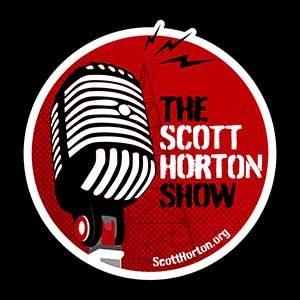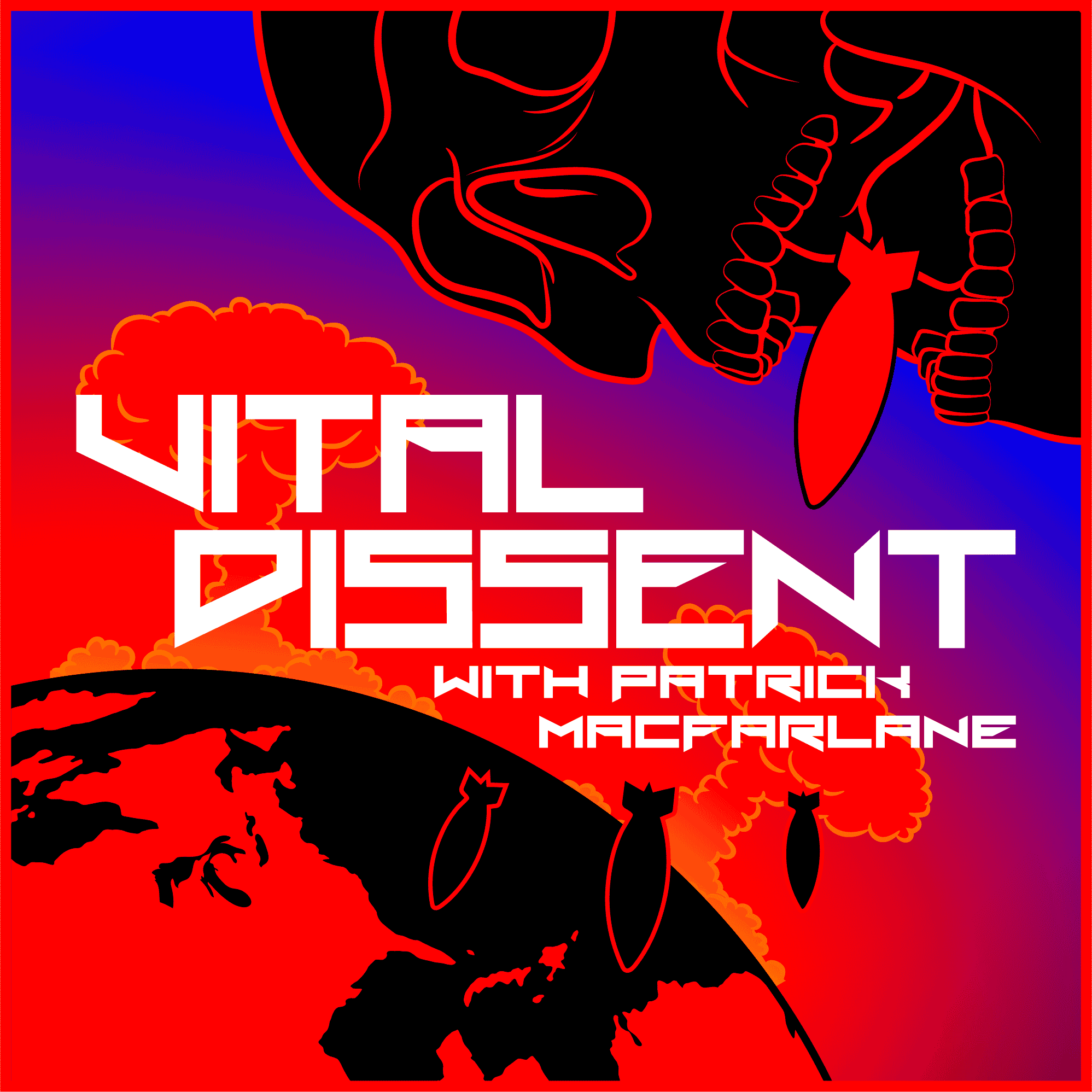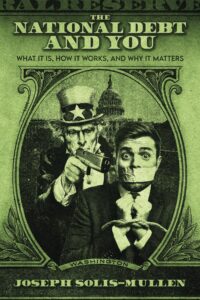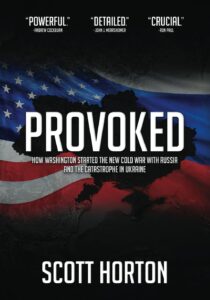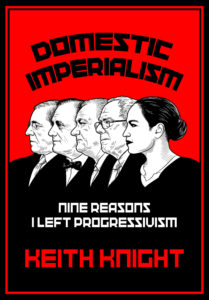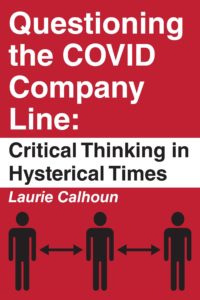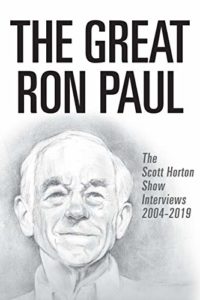George Selgin’s False Dawn: The New Deal and the Promise of Recovery, newly published by the University of Chicago Press, is a welcome contribution to the revisionist and post-revisionist literature on the legacy of the New Deal. While traditional historiographies of the period, which still predominate popular mainstream narratives, depict the New Deal as a story of triumphant state intervention saving capitalism from its own excesses, in reality the New Deal’s record has, for decades, been increasingly called into question by free-market scholars. Selgin’s work stands squarely in this tradition, offering a detailed, accessible, and forceful challenge to the idea that Franklin Roosevelt’s policies led the nation out of economic catastrophe.
For libertarians and Austrians alike, False Dawn represents both a powerful affirmation and a fresh analytical tool. Selgin forcefully demonstrates that the “recovery” of the mid-1930s was at best partial and fragile, and that the New Deal’s interventions, far from lifting the nation out of depression, actively suppressed the market forces that could have hastened genuine economic restoration. In many respects, Selgin’s critique parallels the pioneering work of Murray Rothbard in America’s Great Depression. Though their focuses and methodologies differ, their conclusions—that government intervention compounded rather than cured economic suffering—are almost entirely harmonious.
At the heart of Selgin’s thesis is the justified claim that the New Deal’s programs, particularly those aimed at manipulating prices, wages, and production, systematically derailed the natural recovery process. Programs such as the National Recovery Administration (NRA) cartelized industries, setting production quotas and artificially high prices. Labor policies enforced wage rates that far outpaced market-clearing levels. Agricultural initiatives aimed at restricting output while the population starved. These policies, Selgin argues convincingly, hindered adjustment processes that would have otherwise restored equilibrium and employment.
This is familiar ground to readers of Rothbard, who similarly emphasized that Hoover’s interventions in the early 1930s, and Roosevelt’s on an even grander scale, stopped prices and wages from falling to their natural levels, thereby trapping the economy in a prolonged depression. Selgin’s contribution, apart from the detailed survey of the existing literature he provides, lies in bringing data-backed clarity to these arguments. His careful marshaling of GDP figures, industrial production indices, unemployment rates, and price data paints a devastating portrait of a policy regime that smothered incipient recovery under the weight of central planning.
Selgin is also particularly strong in his treatment of monetary missteps. For example, he carefully charts how the Federal Reserve’s tightening of reserve requirements in 1936–1937, among other mistakes, strangled the nascent and fragile recovery of the mid-1930s, triggering the deep recession of 1937–1938.
One of the few areas where Austrians might wish for a fuller elaboration of his position, though this is admittedly beyond the scope of what Selgin aimed to do in the book, lies in Selgin’s treatment of the Depression’s origins. False Dawn is primarily concerned with the period following Roosevelt’s inauguration in 1933, and accordingly takes for granted the onset of the Depression itself. Selgin rightly notes that financial collapse and economic contraction preceded the New Deal, but does not engage at length with the causes of the crash of 1929 or the unsustainable boom of the 1920s. Here, Rothbard’s America’s Great Depression remains indispensable. Rothbard shows, with devastating clarity, how Federal Reserve credit expansion throughout the 1920s created massive malinvestment and an inevitable correction. Selgin does not dispute this analysis, but his decision to focus narrowly on the New Deal years may leave some readers without the full causal backdrop.
Another point where Rothbard’s work provides a useful supplement lies in the deeper theoretical framework. While Selgin brilliantly describes what went wrong during the New Deal, chronicling the failures of price controls, bureaucratic overreach, and policy uncertainty, he stops short of fully embedding these failures within a broader theory of how markets and state intervention interact. Rothbard, drawing on Ludwig von Mises and Friedrich Hayek, provides the crucial insight that state interventions invariably create distortions that necessitate further interventions, in a spiraling process of cumulative disruption. Selgin hints at this dynamic but does not dwell on its theoretical inevitability, focusing instead on documenting empirical failure.
Indeed, if one accepts the position that privately directed resource allocation in the economy is always superior to state directed resource allocation it is impossible to imagine how the New Deal could have done anything other than hinder recovery, the question then being precisely to what extent this or that policy inhibited the process.
Yet these minor reservations do not diminish the importance of False Dawn. If Rothbard provided the sweeping Austrian theoretical indictment of government economic intervention, Selgin offers the forensic case study. Together, they form a powerful one-two punch against the myth of benevolent state rescue during the Great Depression. For Selgin shows that the real triumph of the New Deal was not economic revival but political entrenchment: the expansion of federal power, the growth of the administrative state, and the reshaping of American expectations about government’s role in economic life.
In his conclusion, Selgin warns that the myths of the New Deal remain potent today, continually invoked to justify new waves of federal intervention in times of crisis. His warning is well taken. As libertarians and Austrians have long understood, history misremembered is a weapon for statism. Accurate historical scholarship is therefore not merely an academic exercise; it is a defense of liberty.
In False Dawn, George Selgin has provided a potent weapon in that defense. His careful demolition of the New Deal’s false promises should be read by anyone concerned with truth, prosperity, and freedom. While Austrians will naturally supplement Selgin’s analysis with the deeper theoretical insights of Rothbard and Mises, False Dawn stands as an invaluable addition to the growing arsenal of scholarship exposing the failures of central planning and the enduring wisdom of the market order.





